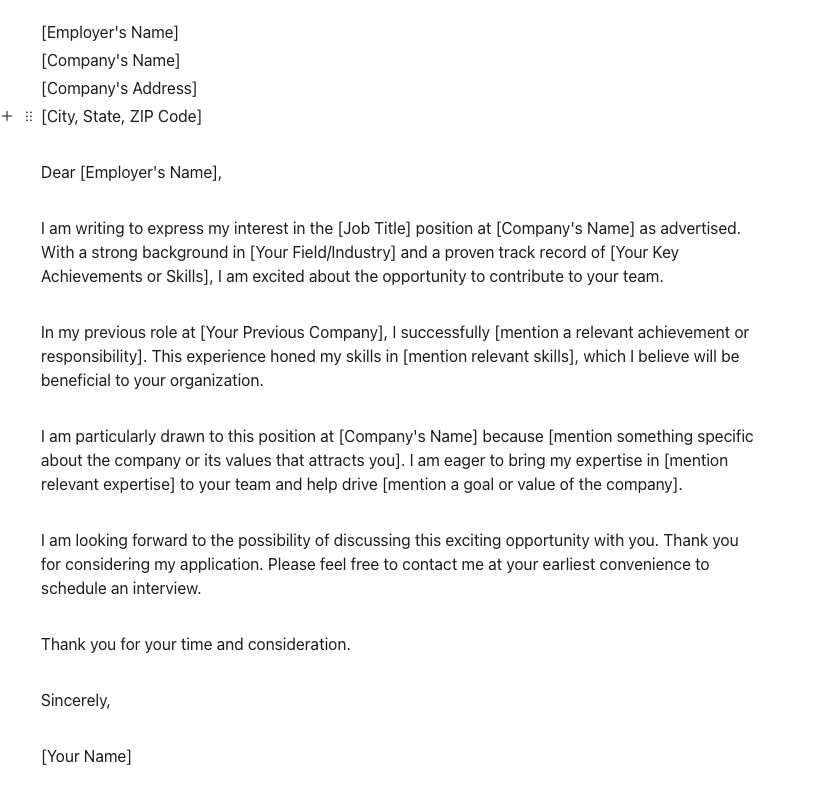A dramatic Xiaomi SU7 crash that killed three college students on March 29 in the eastern Chinese city of Tonglin has put unprecedented pressure not only on the technology giant but also on dozens of local automakers whose “advanced and intelligent” assisted driving systems have increasingly become a big selling point.
Xiaomi’s Hong Kong-listed shares plunged a further 21% on Monday after a disastrous week for the company which saw chief executive Lei Jun promise that the company will take responsibility for the accident, Reuters reported, as more than HK$125 billion ($16 billion) was sliced from its share price. Meanwhile, Tongling city’s transport bureau launched a task force to investigate the crash, local media reported.
The company acknowledged that its Navigate On Autopilot, an assisted driving feature, was activated on the highway at around 116 kilometers per hour (72 mph) at midnight, moments before the collision. As more details about the crash become available on Chinese social media, many are concerned that renewed worries about the reliability of such technologies will dampen the booming new industry and add more uncertainty to China’s electric vehicle momentum.
Below are some of the most important details about the deadly crash, which may show the lingering impact of the incident on Xiaomi, a rising player in the EV market, and China’s position as the world’s largest and most dynamic car market.
#1 No more than three seconds elapsed from the time the Xiaomi SU7 flashed a risk warning regarding obstacles ahead, and the moment the driver manually controlled the vehicle and the car finally plowed into a guardrail. The average response time to an imminent alert was 2.3 seconds without an external threat, according to the US National Highway Traffic Safety Administration (NHTSA). Also, guidelines published by the Chinese government last September suggested there should be at least 10 seconds between a car issuing a warning and the driver taking back control.
#2 The crashed vehicle was not equipped with lidar sensors, which offer more precision and longer range about the shape of detected objects in low-light conditions than cameras and radar. There has been a long-standing debate about whether the expensive component is necessary for autonomous driving, with a growing number of Chinese EV makers adopting Tesla’s camera-mostly strategy to enable advanced driver assistance features such as lane changes on their lower-end vehicles. The standard-version Xiaomi SU7 is a similar shape to the Porsche Taycan with a price tag of RMB 215,900 ($29,535).
#3 The car’s autonomous emergency braking (AEB) system, normally with cameras, radar, and ultrasonic sensors detecting objects and interpreting road signs, failed to alert the driver or apply the brakes, leaving the car driving into a concrete guardrail at 97 km/h. According to Xiaomi, the system could apply brakes automatically up to 135 km/h when a collision with a lead vehicle is imminent and up to 120 km/h when encountering a stationary vehicle at night. However, it does not stop or avoid smaller or still objects such as traffic cones, barriers, and guardrails, which potentially leads to false braking incidents.
#4 The car’s battery was sourced from BYD’s subsidiary FinDreams Battery, as CATL, one of the two suppliers to Xiaomi, on April 2 denied speculations the battery from the fiery vehicle crash was provided by the company. The so-called “blade battery” comes with a lithium-ion phosphate (LFP) makeup and a thin and long form factor, boasting better thermal stability and stronger resistance to collisions than lithium-ion batteries that use cobalt or nickel and enable longer range but at a higher cost. However, both BYD and CATL supply battery cells only and it is Xiaomi that assembles them into packs.
#5 The driver can be held liable for her role in causing the accident, as all the driver-assist technologies available in China are classified as either level two or lower, which require drivers to stay fully attentive and ready to intervene in emergencies. The driver got “slightly distracted” and had her hands off the wheel for an undisclosed amount of time during a period of eight minutes before the collision, according to information revealed by Xiaomi (our translation). Several Chinese auto and tech majors, such as Huawei, GAC, and Zeekr, are hoping to launch legally-approved level 3 semi-autonomous driving features as early as later this year.
READ MORE: China delays self-driving car deployment goal to 2025










